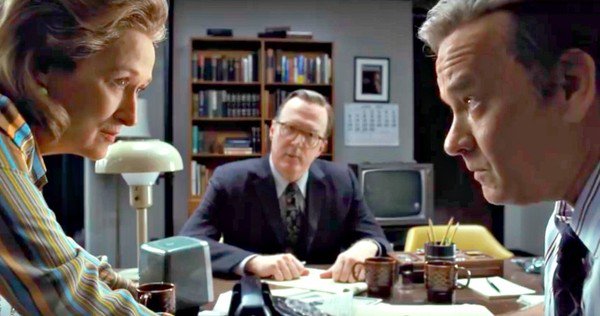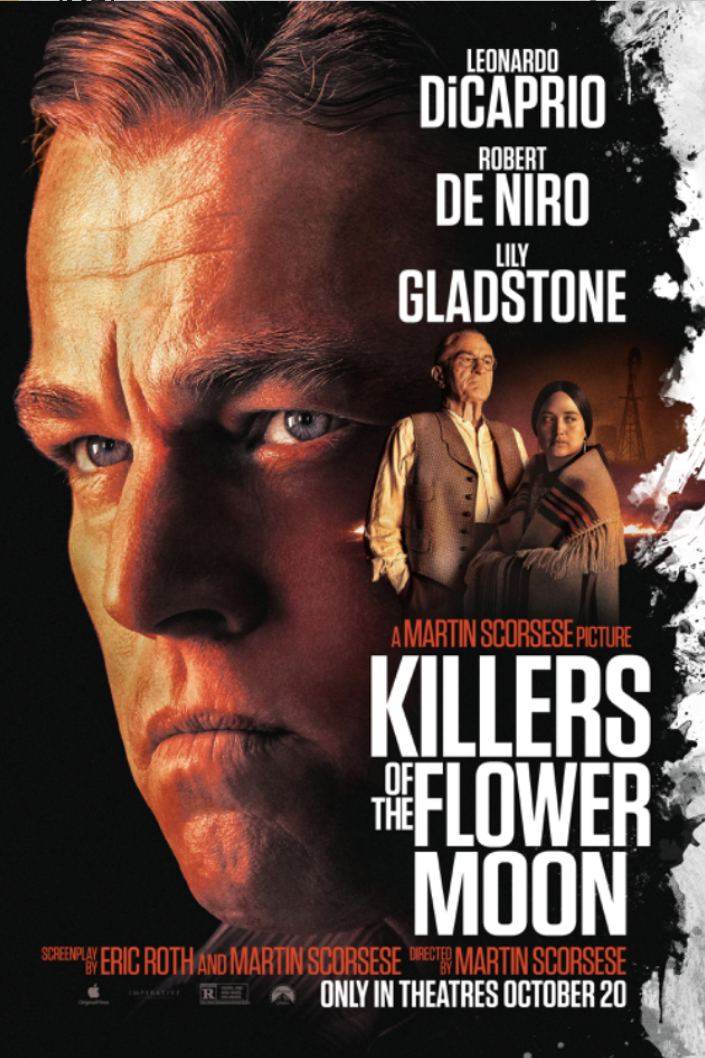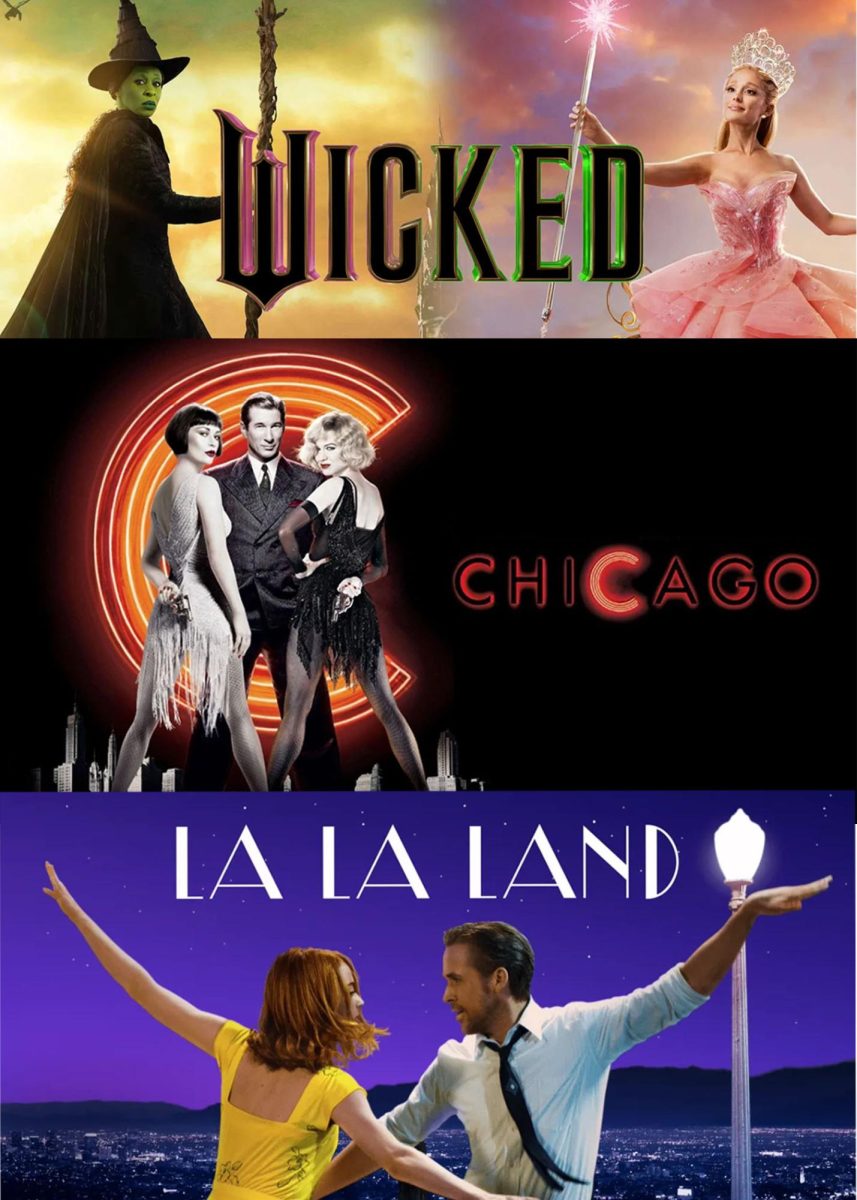Telling the compelling story of a historical whistleblower case, Steven Spielberg’s “The Post” will keep you on the edge of your seat. Spielberg does a commendable job at keeping the movie both enthralling yet factually and historically accurate, which is not always the easiest task. The film follows “The Washington Post” as they compete with The New York Times to uncover the major scandal involving the hidden secrets written in The Pentagon Papers. Both Meryl Streep and Tom Hanks play key roles in the film as publisher and editor, as the two risk their careers in order to bring light to the truth which they believe the public has the right to know.
The film begins rather dramatically with the scene in which the papers were originally retrieved from the White House by Daniel Ellsberg (Matthew Rhys). It was another six years until the hidden lies were published in The New York Times, which ultimately resulted on a ban to publish any more information regarding the secrets of the Vietnam War. The Washington Post, however, somehow finds themselves linked up with the same source who supplied the Times with the confidential documents, and must decide what to do with the information.
Both Streep and Hanks were the ideal fit for their roles, and certainly paid homage to Kay Graham and Ben Bradlee. Streep perfectly performs as the powerful female publisher while Hanks acts as the man on a mission with a responsibility to inform the public. Although throughout the film, both actors certainly have differing opinions on what to do with the information they have, it is nice to see them come together in the end for the better of the public, even if it meant Graham had to lose her friendship with Robert Mcnamara in the process.
Something that must be addressed is the brilliant sound design of the film. While the tracks are great overall, they would not be as notable with the smart addition of typewriter clicks and consistently ringing telephones throughout the office. The sounds create a sense of rush and adrenaline that keep up with the fast speed of the movie and helps to keep the audience constantly on the edge of their seats.
While the movie in itself certainly tells a great story of America’s past, its recent release (almost 60 years past the scandal itself) could not have been at a more fitting time in American history. Especially with the Trump administration in office, “The Post” reaffirms the duty of the free press: to persist and to inform, regardless of the rules of any one person’s particular requests.
Further, the film serves to empower women in today’s society, as Meryl Streep is pictured as the first female publisher of a major American newspaper in this film. With the gender issues and inequalities present in society today, this film reinforces the fact that women are just as capable as men and should not be afraid to make power moves, just as Streep demonstrates in the film.
The end of the movie is both heartwarming and thrilling. While both the Times and the Post face the courts, the final jury vote is 6-3, clinching a win for Graham and “The Washington Post”. The entire office cheers and rejoices together as they celebrate freedom of the press, yet moments later Nixon announces that no member of the Post should be permitted through the White House doors ever again. The movie concludes with a clip of a break-in at the Watergate office complex, suggesting that the vicious cycle of exposing the government will begin all over again while the press fights to keep their duty as public informers.















